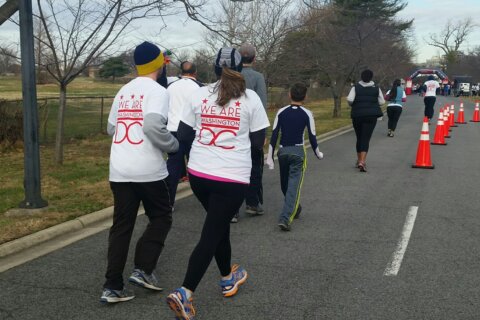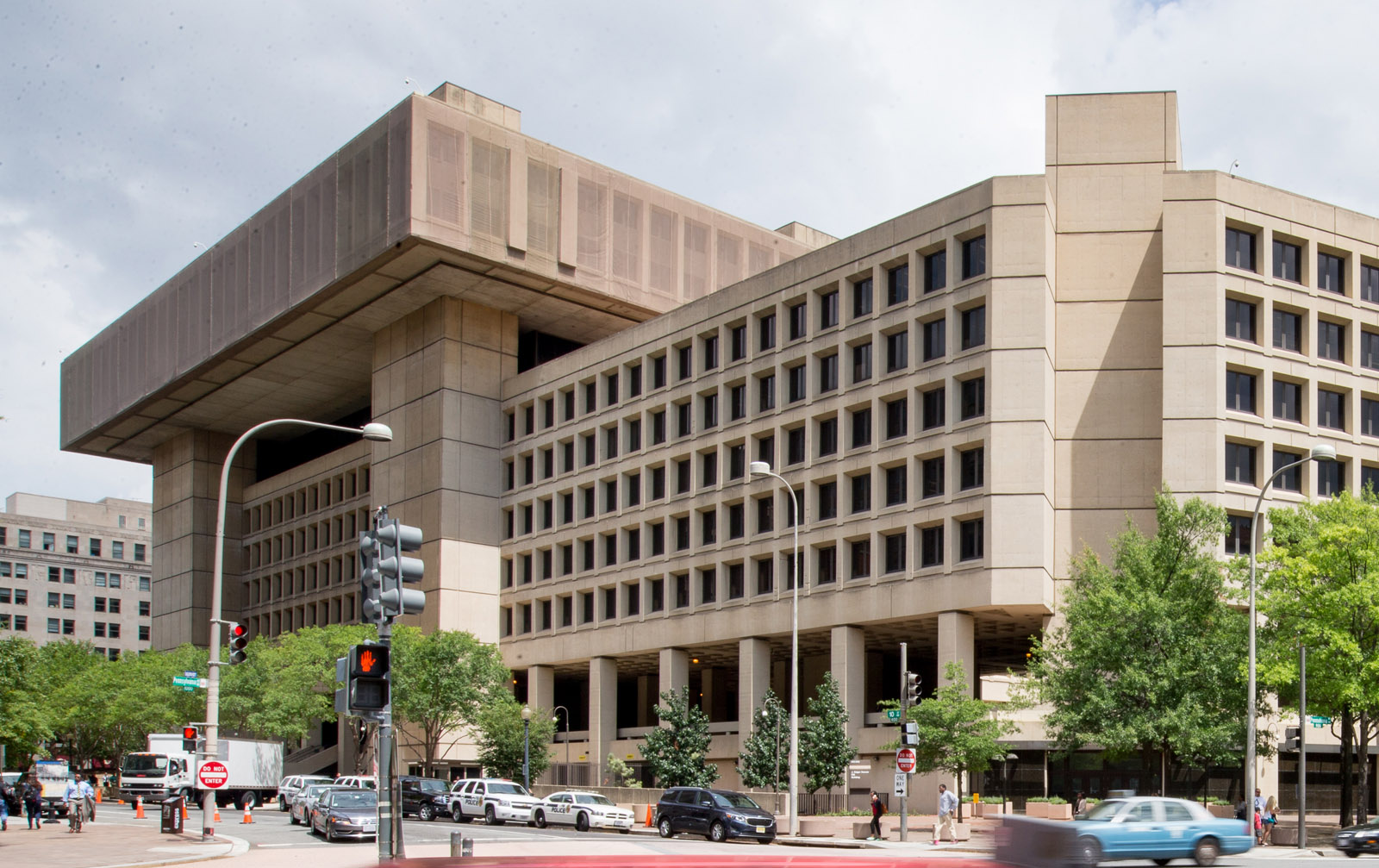This video is no longer available.
Around 3:45 p.m. Thursday, a U.S. Park Police officer with the motorcycle unit arrived at the intersection near Virginia Avenue and the Thompson Boat Center.
He briefly rode away to close off a nearby on-ramp to the southbound lanes of Rock Creek Parkway. Then, he placed a large “Do Not Enter” barricade in the road and put down a series of cones.
Just minutes after 4 p.m., a different officer drove by, leading the first group of northbound traffic to drive north on what are considered the southbound lanes outside rush hour.
Since the 1930s, the Rock Creek and Potomac Parkway has used reversible, one-way traffic operations during the morning and afternoon commutes to help drivers get in and out of the city faster.
But the National Park Service is exploring eliminating one-way traffic operations, and an 81-page report said one reason is the time it takes U.S. Park Police to implement the changes to traffic flow twice a day.
From 6:45 a.m. to 9:30 a.m., traffic along the parkway is only open to southbound traffic. From 3:45 p.m. to 6:30 p.m., it’s only open to northbound drivers.
“In the morning, during a.m. rush hour, we are eliminating northbound traffic on Rock Creek Parkway, so that all of the traffic flows southbound into the District of Columbia, downtown D.C. area and things like that,” Sgt. Thomas Twiname said. “For the p.m. rush hour, it’s the opposite, and we eliminate all southbound traffic.”
In the morning, transforming traffic patterns is a 30-minute job that’s assigned to four officers along four zones throughout the parkway.
In the afternoon, the switch takes 15 minutes, and involves five officers across five zones. They start working at 3:45 p.m. to put the one-way traffic flow into effect, and it’s in place by 4 p.m.
The officers making the changes do so using what Twiname described as traffic-control measures.
“Whether it be signage, which lists the times when it’s one way, which direction they use, do not enter signs,” Twiname said, “They use cones to close off areas to prevent people from going into the wrong places.”
Drivers are largely familiar with the rules of the reversible operations, but Twiname said sometimes, there are stragglers.
“We see people just disregard either a sign or traffic control device, and so we’re able to quickly respond, get it fixed, and make sure the person understands what’s going on and how to follow the traffic flow.”
When the morning and evening commute rush times end, the same officers who helped implement one-way operations are responsible for undoing it and helping to restore two-way traffic.
“They first eliminate the traffic on the opposite side of the road, then they put traffic back in it and they lead the traffic back up, so that it’s then a two-way traffic flow,” Twiname said.
Though reversible operations have been in effect for decades, Twiname said the way the traffic change is made now “seems to be the way we’ve done it for several decades.”
“When the traffic change is in effect, the focus is traffic flow, and so traffic is moving and flowing during the times that it’s in effect for a.m. and p.m.,” Twiname said.
Get breaking news and daily headlines delivered to your email inbox by signing up here.
© 2024 WTOP. All Rights Reserved. This website is not intended for users located within the European Economic Area.








